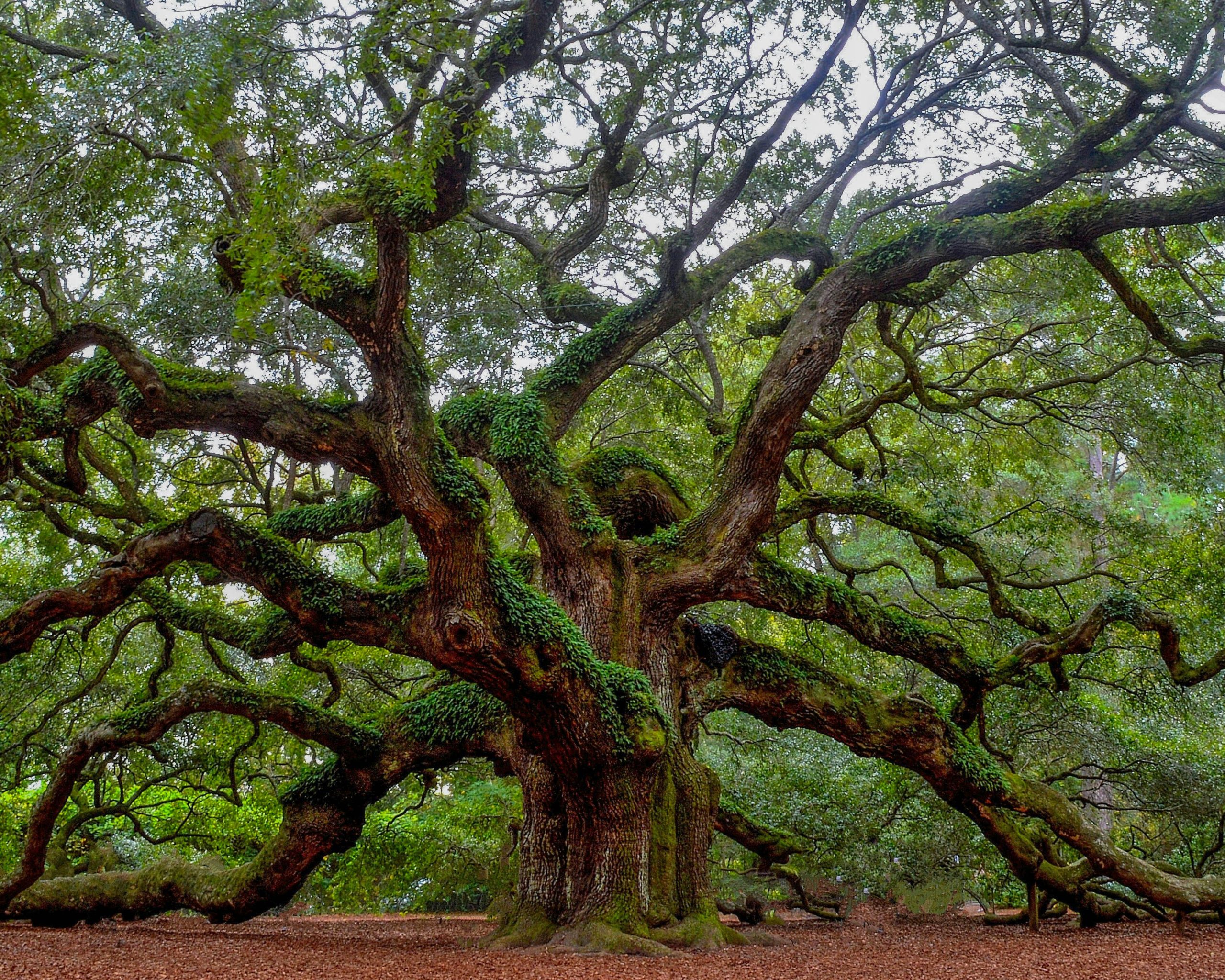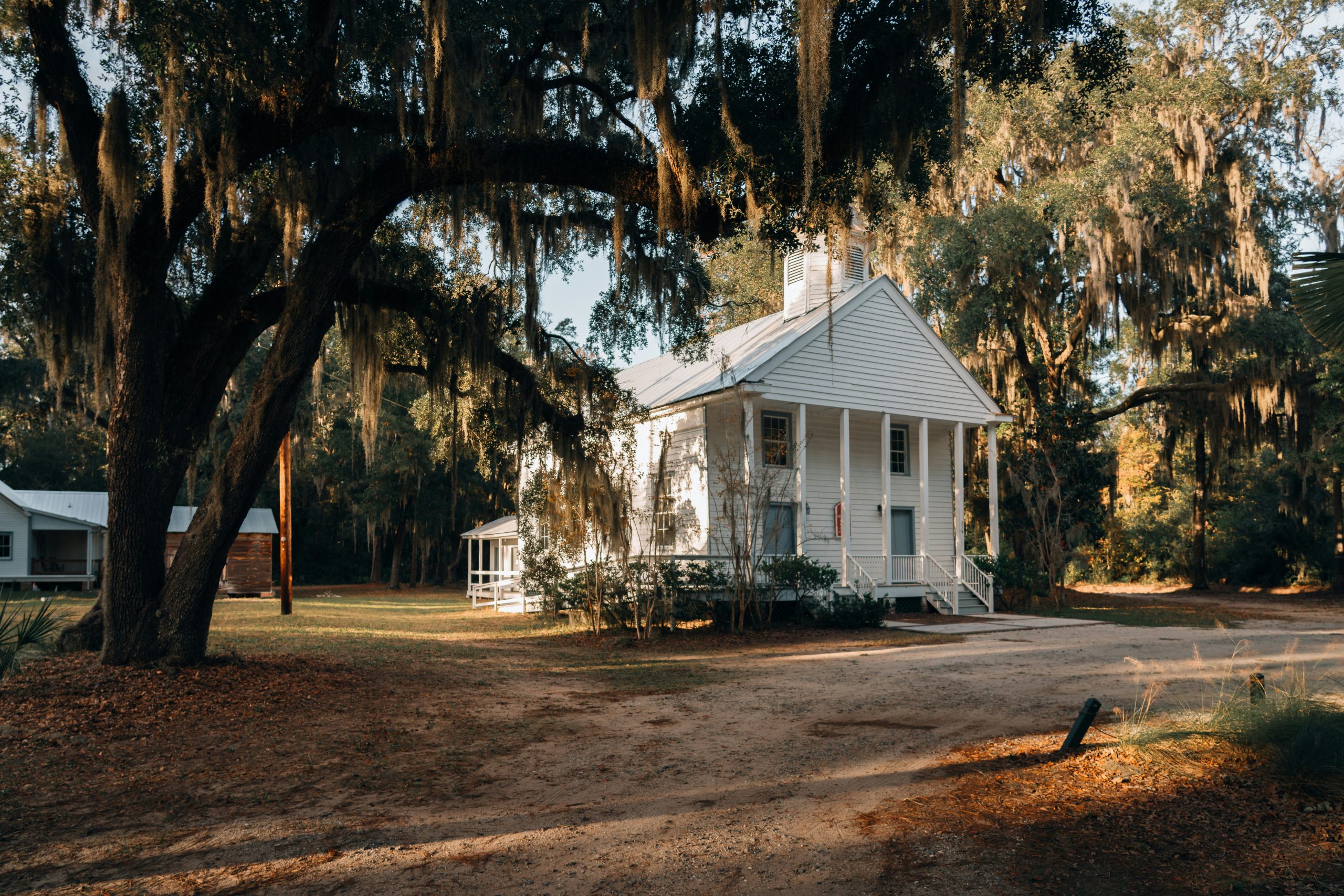The Gullah language, often described as a “creole,” is a rich and resilient testament to the ingenuity and cultural preservation of the African American Gullah-Geechee people. Emerging from the coastal regions of South Carolina and Georgia, Gullah serves as a unique linguistic and cultural bridge that connects the past and the future. In this blog post, we’ll explore the history of the Gullah language, its role in cultural identity, and the prospects for its future.

The Origins of the Gullah Language
The Gullah language is a creole language that emerged in the 18th and 19th centuries among enslaved Africans brought to the rice plantations of the Sea Islands and coastal regions of South Carolina and Georgia. These plantations were isolated, and the enslaved population consisted of diverse African ethnic groups, including the Mende, Vai, and Wolof, who were forced to develop a common means of communication.
Gullah developed from a blend of African languages and English, enriched by the grammatical structures and lexicon from West and Central African languages. This blend was not merely linguistic but also cultural, as the enslaved people merged elements of their diverse heritages to form a new, unified identity.
MORE LANGUAGES
Read our pieces on other endangered languages:
The Seri Language
The Yuchi Language
The Keres Language
The Iñupiaq Language
Key Characteristics of the Gullah Language
Gullah is distinguished by its unique syntax, phonology, and vocabulary. Key features include:
- Reduplication: The repetition of words or sounds to indicate intensity or plurality (e.g., “big big” for “very big”).
- Serial Verb Construction: Using a sequence of verbs to express a single action (e.g., “He go take fetch water”).
- Simplified Verb Tenses: A more straightforward approach to verb conjugation compared to standard English.
The Gullah language also retains significant African influences, especially in its vocabulary and phonetic features. Words like “gumbo” (okra) and “goober” (peanut) are direct borrowings from African languages.

“It is imperative that we preserve our languages while we still can, as more than a language dies with the last living speaker – a people, a culture, a history, a whole world dies with it.”
The Cultural Significance of Gullah
Gullah is more than just a language; it is a cornerstone of the Gullah-Geechee cultural heritage. It encapsulates traditions, oral histories, and spiritual practices that have been passed down through generations. The Gullah language has been instrumental in preserving African cultural elements in the face of slavery, segregation, and assimilation pressures.
Recommended Viewing: Daughters of the Dust, by Julie Dash
The Struggle for Preservation and Revival Efforts
Throughout the 20th century, the Gullah language faced significant decline. Urbanization, integration, and the influence of standard American English led to a decrease in the number of fluent Gullah speakers. The language was often stigmatized and seen as a marker of backwardness, further discouraging its use among younger generations.
In recent decades, there has been a resurgence of interest in preserving and revitalizing the Gullah language and culture. Efforts include:
- Educational Programs: Schools and cultural centers in the Gullah-Geechee corridor offer courses and workshops on the Gullah language and history.
- Media and Literature: Publications, documentaries, and music that highlight and celebrate Gullah culture are gaining popularity.
- Community Initiatives: Local organizations and festivals promote Gullah traditions and encourage the use of the language in daily life.
One notable example is the Gullah Geechee Cultural Heritage Corridor, established by the U.S. Congress, which supports various projects to preserve Gullah culture.

Looking to the Future
Challenges Ahead
Despite these revival efforts, the future of the Gullah language remains uncertain. Key challenges include:
- Limited Number of Speakers: Most fluent Gullah speakers are older, and there is a generational gap in language transmission.
- Economic and Social Pressures: Modernization and economic development in the Gullah-Geechee region often threaten traditional ways of life.
- Recognition and Support: Sustained efforts are needed to secure recognition and resources for the preservation of the Gullah language and culture.
Pathways to Revitalization
To ensure the survival and growth of the Gullah language, several strategies can be considered:
- Incorporating Gullah in Formal Education: Integrating Gullah language and culture into school curriculums can foster pride and proficiency among younger generations.
- Technology and Digital Media: Creating digital resources, including apps and online courses, can make learning Gullah more accessible and engaging.
- Cultural Exchange and Collaboration: Partnerships with other creole-speaking communities around the world can enrich the understanding and appreciation of Gullah.
The Role of the Community
Ultimately, the fate of the Gullah language lies in the hands of the Gullah-Geechee people. Their resilience and commitment to preserving their heritage are crucial. Community-driven initiatives, coupled with external support, can create a vibrant future where the Gullah language continues to thrive.
HIGH-QUALITY TRANSCRIPTION
Want instant access to transcript ordering, price lists, and more? Sign up for your free client portal now.
The Gullah language stands as a powerful symbol of cultural endurance and adaptability. Its history is a testament to the resilience of the Gullah-Geechee people, who forged a new identity from the ashes of oppression. As we look to the future, it is essential to honor and support the ongoing efforts to preserve this unique linguistic heritage. The Gullah language is not just a relic of the past; it is a living, evolving expression of a rich and diverse culture.
By embracing and nurturing the Gullah language, we contribute to a broader understanding of the world’s linguistic and cultural mosaic, ensuring that the voices of the past continue to inspire future generations.
References and Further Reading
- “Africanisms in the Gullah Dialect” by Lorenzo Dow Turner
- Gullah Geechee Cultural Heritage Corridor Commission: Gullah Geechee Cultural Heritage Corridor
- National Park Service: Gullah/Geechee Cultural Heritage
- Gullah Language: A Historical Overview
- Preserving the Gullah Geechee culture in the US
Sign Up for Our Newsletter
The latest and greatest in transcription and translation news.



Keеp this going please, great job!